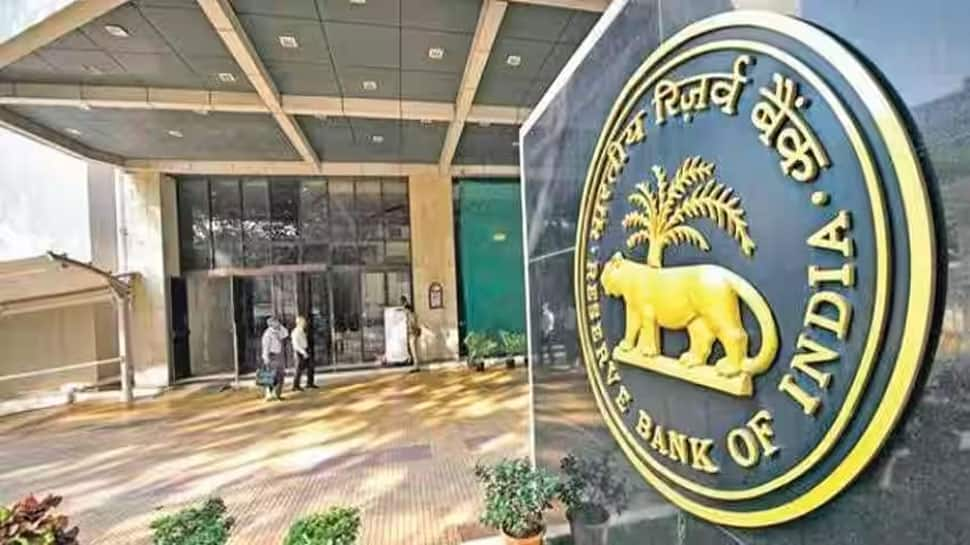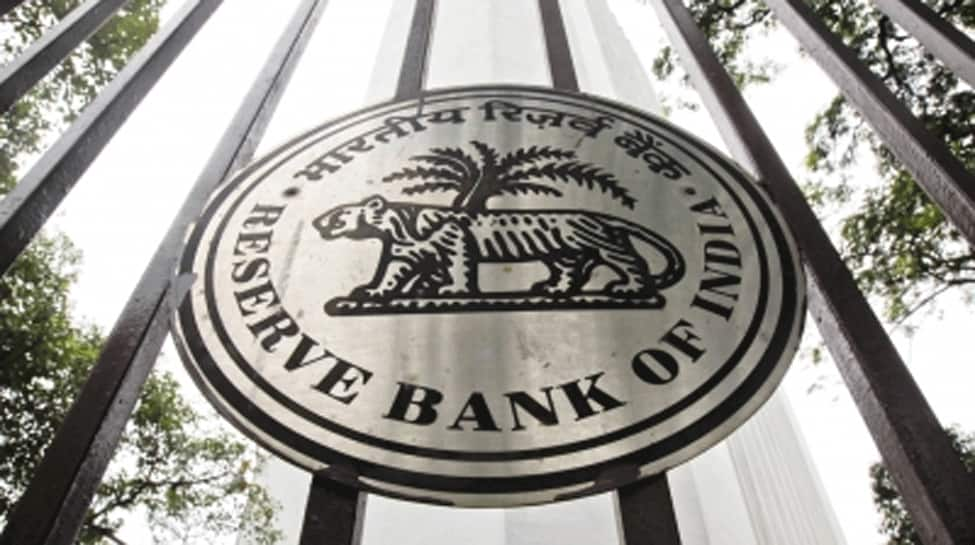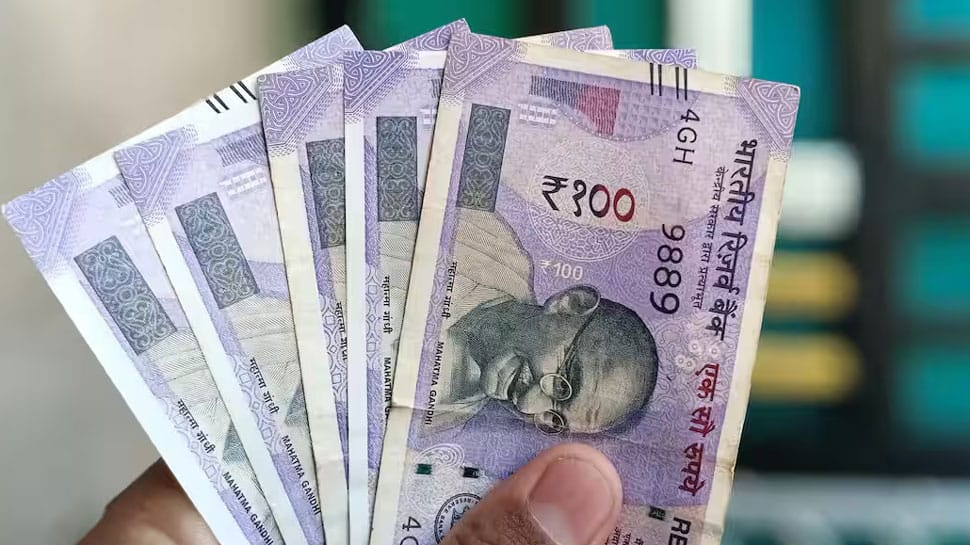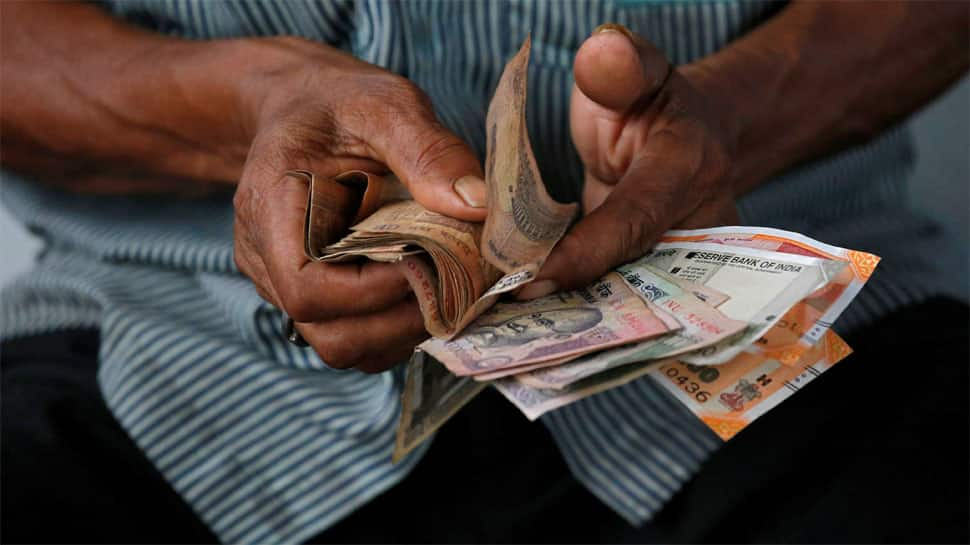The Reserve Bank of India (RBI) has delivered the required monetary policy support in its first bi-monthly policy 2025.
)
EMIs on Home, auto and other loans to see a drop in interest rates after the Reserve Bank of India (RBI) cut the key benchmark rate on Friday for the first time in almost five years.

The Monetary Policy Committee (MPC), headed by RBI Governor Sanjay Malhotra, slashed the repo rate by 25 basis points to 6.25 per cent. This was the first reduction since May 2020 and the first revision after two-and-a-half years.

The repo rate is the rate at which the Reserve Bank lends money to commercial banks in the case of a cash shortage.

The repo rate is the interest rate at which RBI loans banks. If the repo rate rises, banks will raise the cost of loans for regular consumers as they receive higher-interest loans from the RBI. When the repo rate falls, the bank drops the interest rates on their customer loans as they borrow money from the RBI at a reduced interest rate. The interest rate lowers the loan's EMI as well.

Since home loans with variable rates are directly impacted by the market interest rate or repo rate, they gain from changes in the repo rate. Floating-rate loans have higher interest rates when the RBI raises the repo rate and lower interest rates when the repo rate falls. Therefore, a lower repo rate will result in a lower EMI load.

Commercial real estate may also profit from the rate reduction. Businesses may be able to invest in office space with lower borrowing costs.

Even if the repo rate is lowered, customers with a home loan on a fixed rate will not see a decrease in their EMI. A fixed-rate loan has an interest rate that is predetermined at the time the loan is taken out. In this scenario, the borrower is required to make the same fixed monthly installment payments throughout the duration of the loan. The EMI is unaffected by changes in the repo rate.